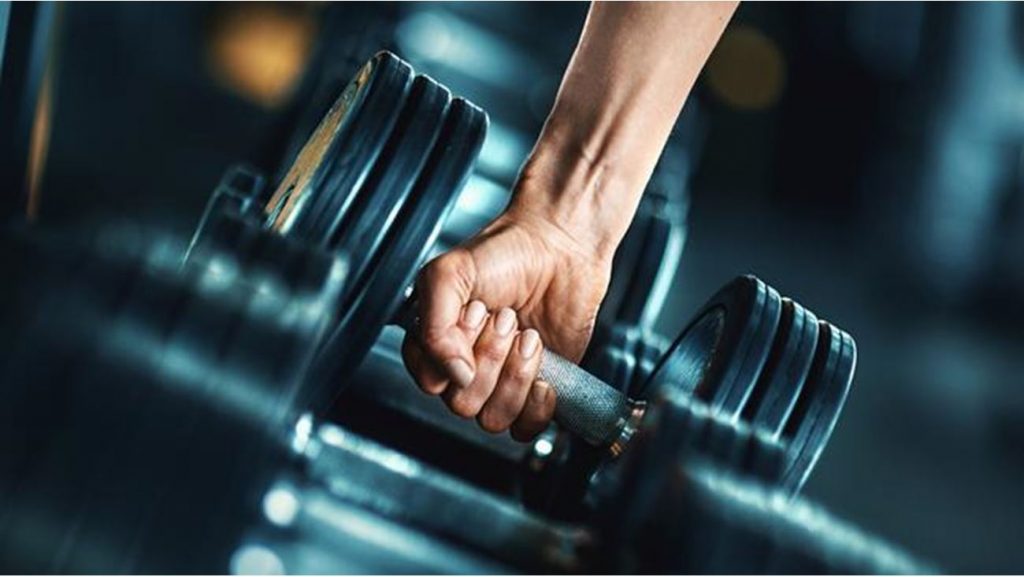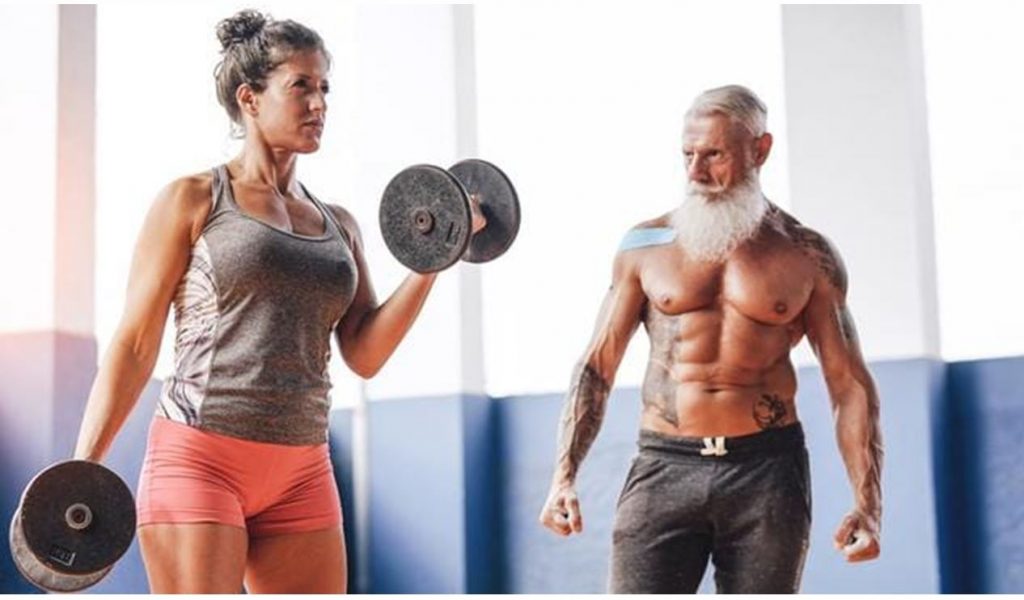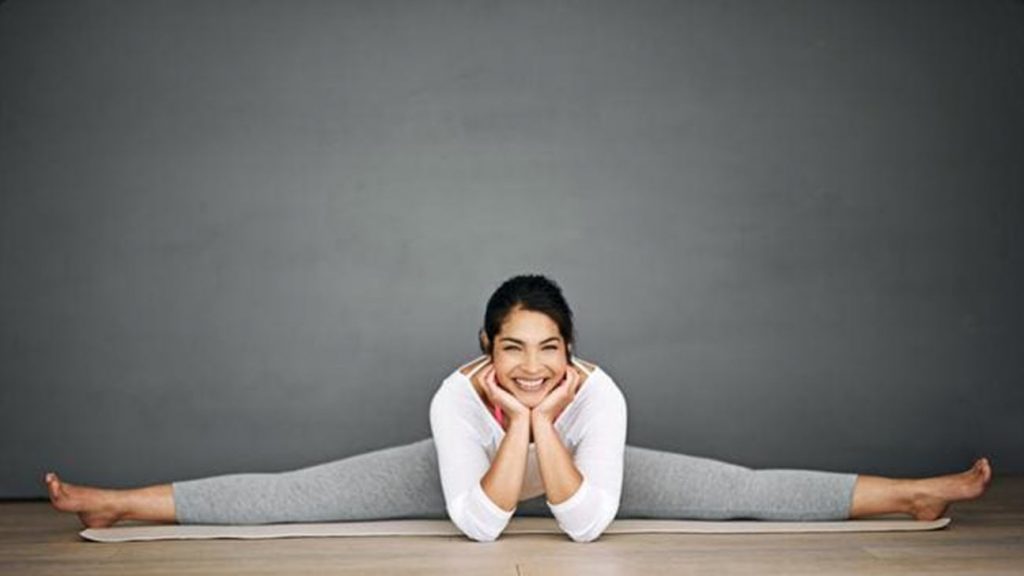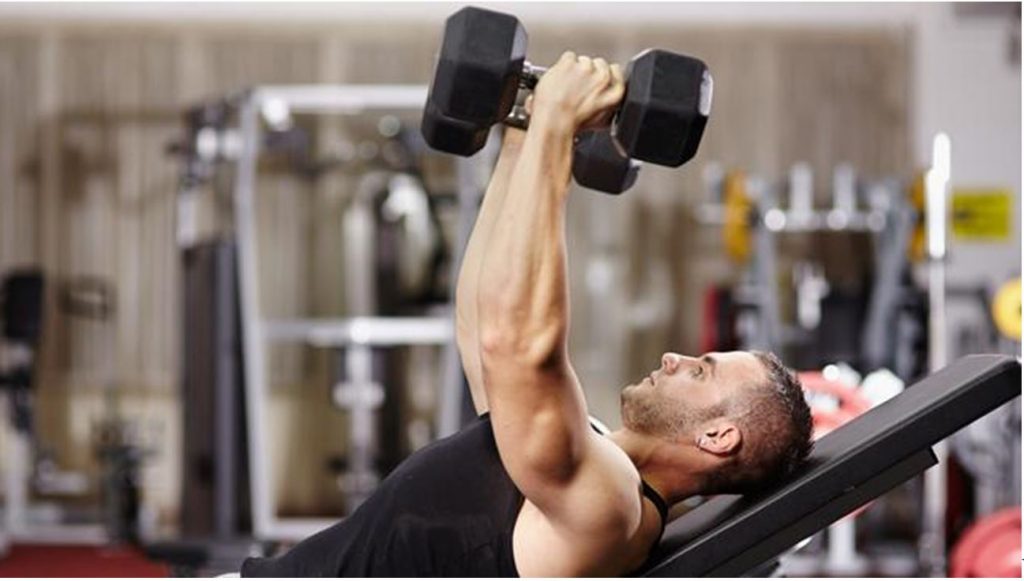Coronavirus: How to safely return to the gym



Your mind may be willing, but your muscles probably are not quite as prepared to get back to the gym.
After months of Zoom workouts — if we’ve done any exercise at all — our athletic aspirations may be stirring again. Yet experts are warning that, in many cases, lock down inactivity will have taken its toll and that we should resume exercise slowly to avoid landing ourselves back on the sofa — this time with an injury.
Even those who began with good intentions three months ago may have fallen off the wagon. In a survey of its members, the Gym Group, a chain with more than 180 gyms around Britain, found that enthusiasm for exercise waned as lockdown progressed.
“At the beginning of April, 26 per cent of our members were exercising daily,” says Barney Harrison, the chain’s commercial officer. “But that fell to 14.8 per cent in recent weeks and the majority are in the zone where they feel their fitness was significantly impacted by lockdown.”
Your mind may be willing, but your muscles probably are not quite as prepared to get back to the gym. “There’s a risk that going at it too hard with workouts in those early days will end in disaster,” says sports physiotherapist Leanne Antoine. “We are expecting a sharp rise in back and knee pain from overuse and in rotator cuff shoulder injuries from people lifting weights overhead after not having done so for months.”
So what are the new rules of working out when gyms are open again?



Start with two weekly sessions if you’ve had a long break from exercise.
Don’t set your expectations too high
Sports rehab physiotherapist Uzo Ehiogu fears an influx of injuries as people set expectations too high.
“As a rule of thumb you can expect to lose 5 per cent of your overall fitness for every week you are inactive,” Ehiogu says. “So over a three-month period that is a downturn of up to 50 per cent.”
It means recovery between workouts is especially important. “You are setting yourself up for failure by committing to working out every day at the gym. People should bear in mind that even elite athletes take at least one recovery day each week. If you’ve done absolutely nothing recently, start with two weekly sessions, and if you have been relatively active you can start with three to four per week.”
Start with a short session
Rule No 1 is not to dive back in where you left off or you will be asking for injuries. “If you have been inactive you will need to dial things back and start at a much lower volume and intensity than your pre-lockdown workouts,” says the trainer and strength coach Jack Hanrahan, who has worked with the cast of X-Men.
He suggests starting with steady-state cardio exercise, such as cycling and jogging, for a few weeks to regain a fitness base.
“Gradually push the intensity as you get fitter, aiming for an exertion level of five or six out of 10,” he says. “Reduce the duration of gym sessions by about 20 per cent, so if you usually work out for an hour, start with 45 minutes and include plenty of dynamic stretching.”



Sanitising wipes and gels should be provided by the gym, and most will frequently clean equipment, but it is worth wiping it down yourself
Don’t dive back into HIIT
Assuming that you can jump straight back into high-intensity interval training is not sensible, Hanrahan says. “Doing any high-intensity exercise too quickly can be a risk for injury when your body is at reduced capacity. Reconditioning takes time and it may take a few weeks to get back to near where you were.”
Start with a more gentle or shorter class. “Anything that involves a lot of jumping or sudden movement is best left until a few weeks after you have returned to the gym.”
Drop your usual weights
If you haven’t been exercising as normal, there will be a level of deconditioning to deal with. Studies, including one at the University of Liverpool’s Institute of Ageing and Chronic Disease, have shown that levels of lean muscle mass can decline after as little as two weeks of drastically reducing workout routines, and it takes time to build it back up.
“It’s not just your muscles that will be weaker. Your joints and tendons will be less robust, meaning you will be prone to injury if you start lifting weights that are too heavy,” Hanrahan says. “Reduce your pre-pandemic weight levels by 20 per cent if you’ve done some strength work in recent weeks or 30 per cent if you haven’t.”



It may take six weeks to return to your correct technique for weights.
Choose resistance machines over weights
One of the things that may have suffered during lockdown is your weightlifting technique. “Your body may have forgotten how to lift weights with precision,” says Nathan Williams, a personal trainer and ambassador for Grenade sports nutrition. “It’s important to choose regressions or machines to get your body to reprogramme those movement patterns and refresh the muscles that haven’t been worked since lockdown. For example, a Romanian deadlift could be substituted with a seated hamstring curl to isolate the working muscle.”
It will take anything from two to six weeks to return to peak technique. “Once you have allowed your body to adjust, you can resume with the free weights,” Williams says.



Months of inactivity will leave some muscles weaker and others tighter.
Stretching has never been more important
“If time at the gym is restricted, as it may well be with capacity issues, there is a big risk that people will skimp on their warm-up and stretching,” Antoine says. “But if you only have 50 minutes at the gym, it is still vital that you factor in some time for stretching because diving into lunging, squatting and lifting can lead to injuries.” Months of prolonged sitting will mean that some muscles are weaker and others tighter than they were previously.
“You need to wake up those muscles, loosening any that will restrict movement prior to a workout,” Williams says. “Mobilising your muscles will also help to improve your workouts and get your strength back to where it was.”
Expect a reduced timetable
Class sizes will be reduced and there are likely to be markings on the floor of a studio to ensure that social distancing is maintained within a class.
Sanitising wipes and gels should be provided by the gym, and most will frequently clean equipment, but it is worth wiping it down yourself. “Ideally members will need to take a share of the responsibility and wipe down anything they are using.” Don’t use a towel to wipe equipment — it should only be used on your body — and dispose of cleaning wipes after use.
The layout of your gym will probably have changed. And wandering around aimlessly to find a piece of equipment is unacceptable in the post-pandemic world.



Any pain that persists for seven to 10 days is a sign that you have done too much.
It’s going to hurt — even if you have been training at home
Be under no illusion that your return to the gym will be a breeze. “Even if you have been training at home it’s not altogether comparative and some soreness is to be expected when you hit the gym,” Antoine says. “But a degree of muscle and joint tightness, and soreness a couple of days after exercise, is normal and nothing to worry about.”
Deep soreness in and around a joint is not good news, though. “Any pain that persists for seven to 10 days is a clear warning sign that you have done too much,” Ehiogu says. “If the pain is around a joint, then you have overloaded the joint system. Any pain that gets worse with time needs medical attention.”
The Times



Wandering around aimlessly to find a piece of equipment is unacceptable in the post-pandemic world.
Get A Gym Membership Today.
Call now, we’d love to welcome you to our Southport Gym.
